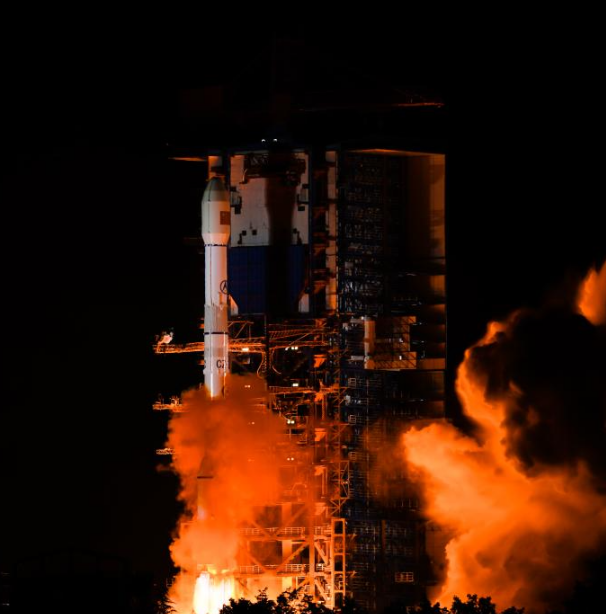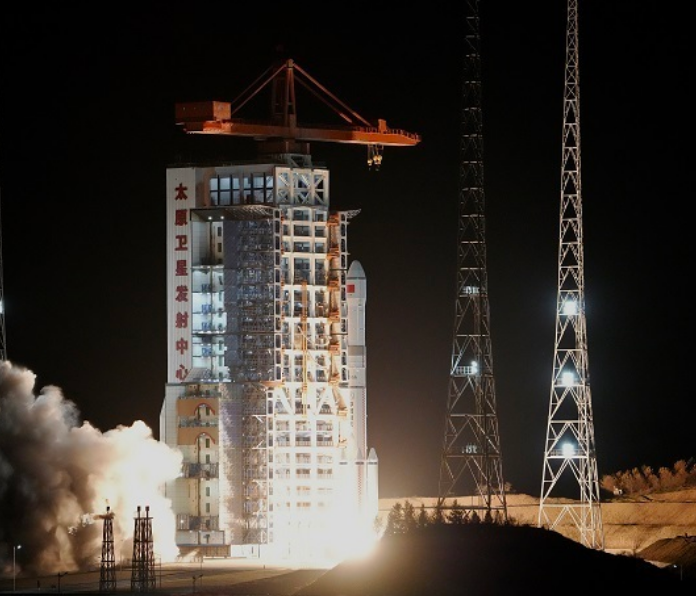16
2022-11
The first step back to the moon: The US moon mission Artemis I has been successfully launched
The Artemis I mission blasted off at 1:47 a.m. ET. on Monday, marking the first time the United States has explored the moon in 50 years since the last Apollo 17 mission in 1972.
Orion is designed to carry humans, but its passengers for this test mission are of the inanimate variety, including three mannequins collecting vital data to help future live crews. The Artemis program, with three launches, aims to return astronauts to the moon and establish a permanent base there in preparation for manned missions to Mars and more distant deep space exploration.
Moreover, if the launch is successful, NASA is expected to launch a manned space mission to orbit the moon with Artemis 2 as early as 2024, followed by Artemis 3 to the moon.
From CNN:
https://edition.cnn.com/2022/11/16/world/artemis-1-launch-nasa-scn/index.html

-
29
2025-05

Tianwen-2 Mission Launched Successfully
At 1:31 AM today, China successfully launched the Tianwen-2 planetary exploration probe from the Xichang Satellite Launch Center using the Long March-3B Y110 carrier rocket.
-
13
2025-05

Communication Technology Experiment Satellite No. 19 Successfully Launched
At 2:09 on May 13, China successfully launched the Communication Technology Experiment Satellite No. 19 from the Xichang Satellite Launch Center using a Long March 3B carrier rocket. The satellite smoothly entered its predetermined orbit, and the launch mission was a complete success.
-
12
2025-05

Remote Sensing Satellite No. 40, Group 02, Successfully Launched
On May 11 at 21:27, China successfully launched the Remote Sensing Satellite No. 40, Group 02, from the Taiyuan Satellite Launch Center using a Long March 6A carrier rocket. The satellite entered its predetermined orbit smoothly, and the launch mission was a complete success.









